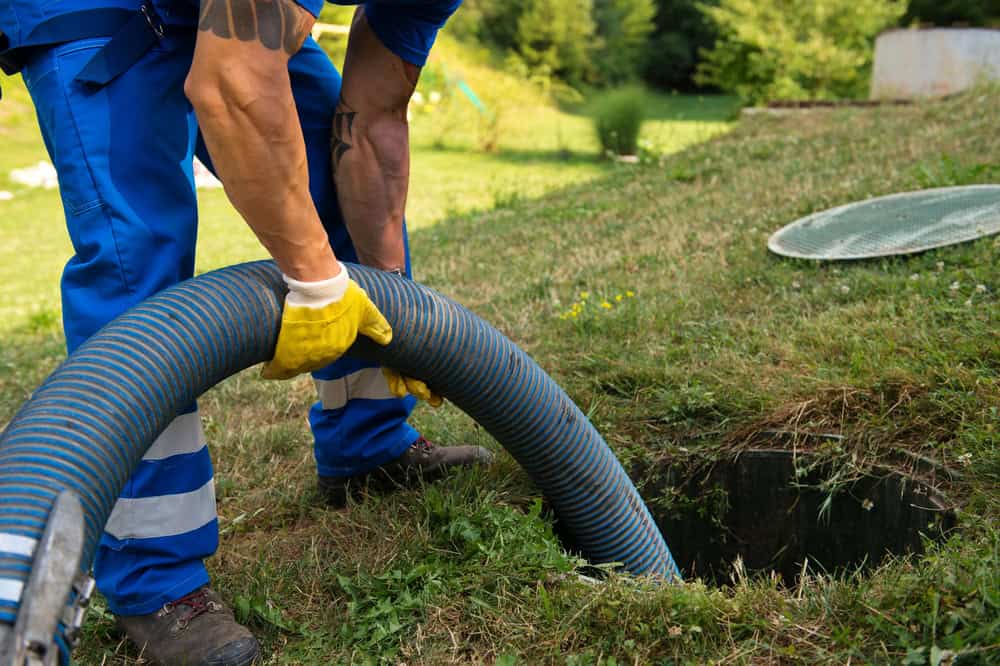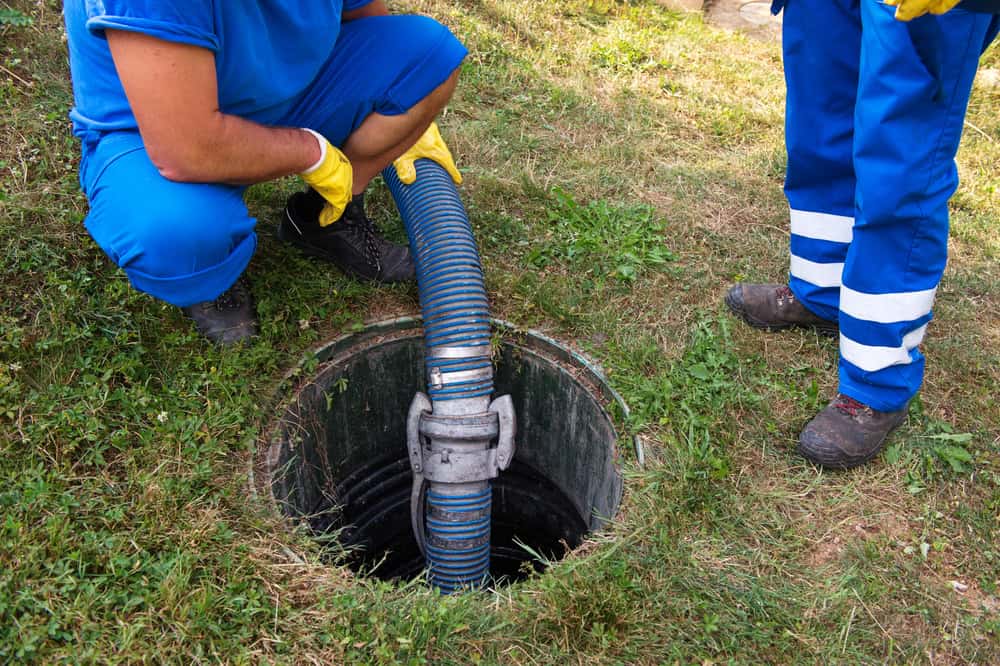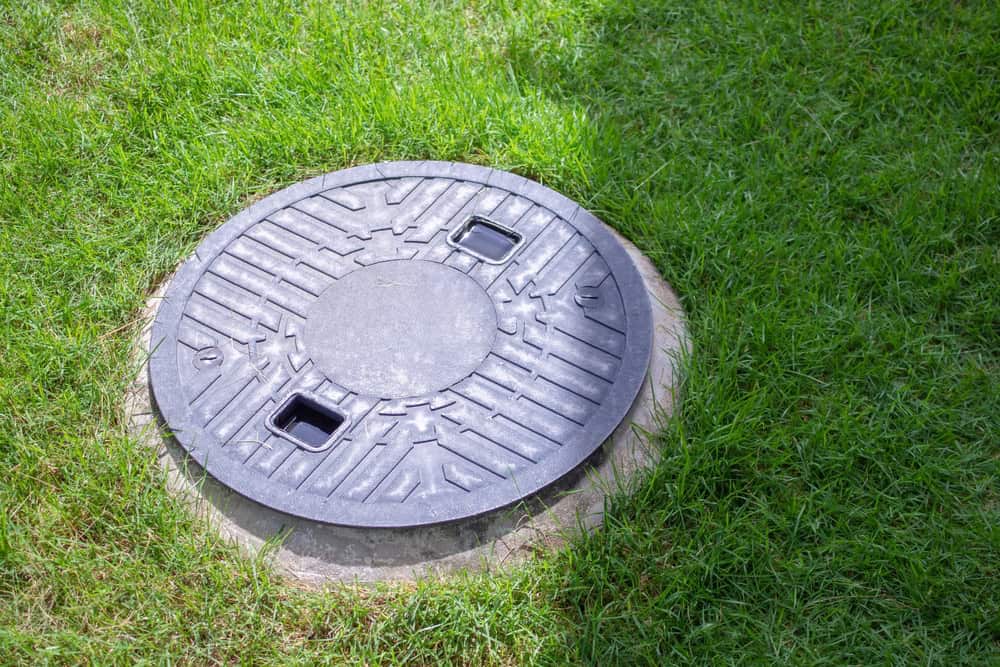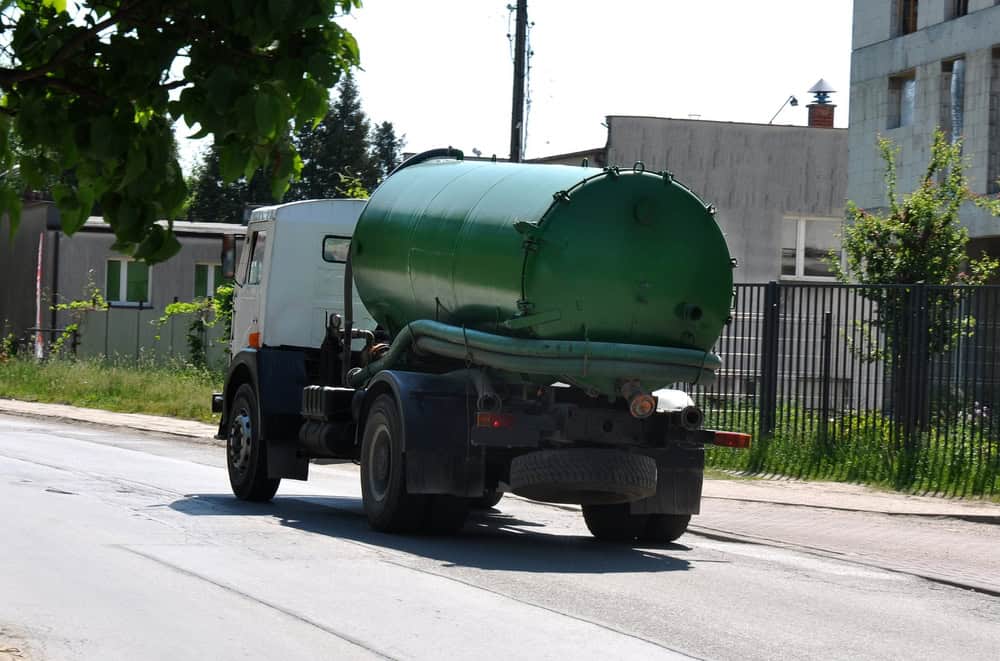Prevent costly backups and protect your Ronkonkoma home with professional septic tank pumping that keeps your system operating efficiently.

Hear from Our Customers

When your septic system works the way it should, you don’t think about it. Your drains flow freely, there are no unpleasant odors around your property, and you’re not worried about surprise failures that could cost thousands.
Regular septic tank pumping prevents the buildup of sludge and solids that cause system backups. Without proper maintenance, these materials can overflow into your drain field, leading to failures that cost between $5,000 and $15,000 to repair.
You avoid the mess, the expense, and the headache of dealing with sewage problems on your Ronkonkoma property. Your system operates efficiently, protecting both your home and Suffolk County’s groundwater from contamination.
We’ve been maintaining septic systems in the Ronkonkoma area for over a decade. We understand the specific soil conditions and environmental factors that affect septic systems in Suffolk County.
We know the local regulations, the seasonal challenges, and what works best for homes in this area. This isn’t generic septic service—it’s maintenance designed specifically for Long Island conditions.
Our team is licensed and follows all New York state regulations for waste disposal, ensuring your system is serviced properly and your property is protected.

First, we locate your septic tank and perform a visual inspection of the surrounding area, checking for signs of system distress like soggy soil or unusual grass growth.
Next, we insert our heavy-duty vacuum hose into the tank to remove all contents—liquid, sludge, and scum layers. We break up solid sludge layers to ensure complete removal of waste that causes system blockages.
After pumping, we inspect the tank’s interior for visible cracks or damage to the baffles, providing you with a clear status report on your system’s condition. You’ll know exactly what we found and what, if anything, needs attention.

Ready to get started?
Our septic tank pumping service removes all accumulated waste from your system using specialized vacuum trucks and equipment. This includes liquid waste, floating scum, and settled sludge that builds up over time.
In Ronkonkoma, where many homes rely on septic systems due to limited municipal sewer coverage, regular maintenance is especially important. Suffolk County’s high water table and strict environmental regulations make proper septic care critical for both your property and the local environment.
We provide the thorough cleaning your system needs, not just a quick pump-out. This approach prevents premature drain field failure and extends the life of your entire septic system, saving you thousands in potential repairs.
